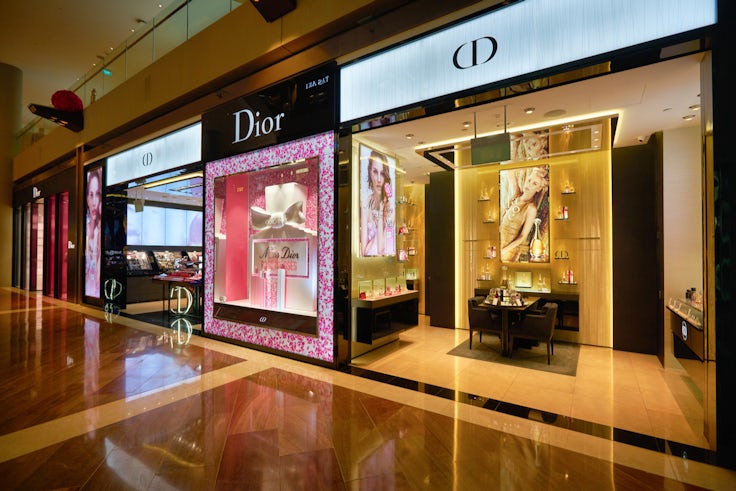
LVMH’s chief financial officer has underlined the crucial difference between cost-cutting and genuine efficiency, as the world’s largest luxury group reports a further decline in sales for the second quarter of 2025.
“Efficiency is sustainable, cost-cutting is not sustainable. So the difference is not a detail,” CFO Cecile Cabanis said on a call with investors yesterday (24 July), drawing a clear distinction between short-term financial fixes and long-term operational health.

LVMH’s chief financial officer has underlined the crucial difference between cost-cutting and genuine efficiency, as the world’s largest luxury group reports a further decline in sales for the second quarter of 2025.
“Efficiency is sustainable, cost-cutting is not sustainable. So the difference is not a detail,” CFO Cecile Cabanis said on a call with investors yesterday (24 July), drawing a clear distinction between short-term financial fixes and long-term operational health.
That mindset is informing how the group is managing its marketing spend amid ongoing macroeconomic headwinds. While advertising and promotion (A&P) has declined in absolute terms, it remains stable as a percentage of sales, the business said. The company insists this isn’t about pulling back – it’s about sharpening how and where investment is made.
“Marketing is different things. So it’s not all A&P. It’s not all media,” Cabanis explained. “We are still spending. But the way to look at it… is how we can create more efficiencies. And there are opportunities to create efficiencies. It’s a bit everywhere.”
Product innovation has been and continues to be a key focus, with tangible successes across all of our brands.
Celine Cabanis, LVMH
One such area is point-of-sale marketing (POSM) and event production. Rather than cutting activity, LVMH is exploring how to restructure costs, particularly in how it works with agencies. “When you decrease marketing, it’s not necessarily that suddenly you stop communicating,” said Cabanis.
“When you look at fashion shows and work with agencies, you look at how you structure and decouple the different pieces of cost, so as to pay margin only on the creative part, and make sure you are as efficient as possible on costs not related to client experience or creativity.”
Former CFO Jean-Jacques Guiony stated in October that LVMH is “not giving up” on brand investment despite weakening sales. However, last quarter Cabanis said she couldn’t rule out making adjustments to marketing spend.
Chairman and CEO Bernard Arnault reinforced the importance of brand yesterday, saying creativity and innovation remain central to LVMH’s resilience, even in the face of softer demand.
He said: “LVMH showed solidity in the current context. We owe this to the power of our iconic brands and their boundless capacity for innovation.”
It comes as the group posts a 4% drop in revenue for Q2 to €19.5bn (£17bn), while revenue for the first half of 2025 falls to €39.8bn (£34.7bn), down 4% from the same period last year. Profit for the first half has dropped more steeply, falling 15% to €9bn (£7.9bn) versus H1 in 2024.
Focus on innovation
Looking ahead, LVMH has said innovation will be a key lever for the business, both in terms of product development and in how it reaches customers.
Cabanis said: “Product innovation has been and continues to be a key focus, with tangible successes across all of our brands.”
The business also said its approach to pricing remains disciplined, and the group continues to lean into brand desirability and customer experience over promotional tactics.
Innovation is also helping it demand more of a premium, Cabanis said.
“For us, pricing is very clear. It needs to come with an improvement in the product, whether it’s quality, whether it’s adding functionality,” she explained.
Looking at each part of the business, fashion and leather goods, LVMH’s largest division and home to Louis Vuitton, Dior, Celine and Loewe, posted an 18% decline in profit from recurring operations for the first six months of 2025.
Watches and jewellery saw profit drop by 13% as a result of ongoing investments in store renovations and communications.
Perfumes and cosmetics delivered a more stable performance, with profit dropping 4% for the half, with the business crediting its “robust innovation policy” and “highly selective retail approach”.
Meanwhile, Wines and spirits was the weakest performer, with profit dropping 33% with trade tensions in markets like the United States and China having a significant impact.
Selective retailing was the only division to record a growth in profit, rising 12% over the half.


